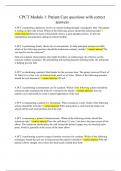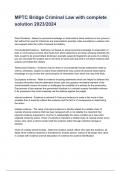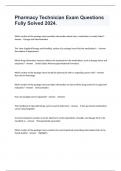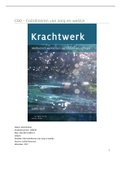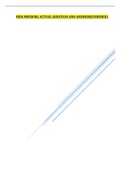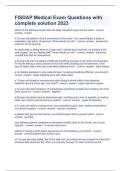College aantekeningen
Summary of Human development, biomedical sciences 1st year
- Instelling
- Vrije Universiteit Amsterdam (VU)
A summary of the course human development, teached by S. Spijker in the first year of biomedical sciences. Contains all lecture notes and exam material.
[Meer zien]





